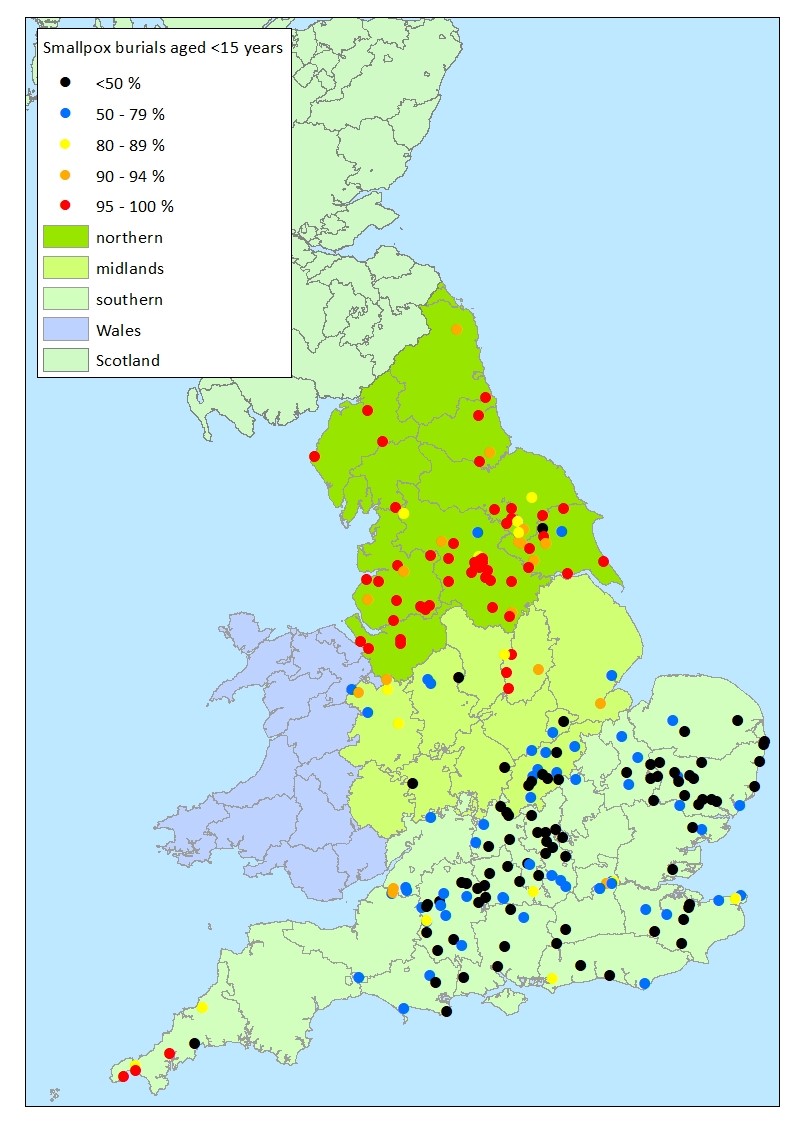Regional inequalities in long-term perspective: demographic outcomes in Britain c. 1580 – 1837

England is the only national population for which we have truly long-demographic data (for the last 500 years), thanks to the work of the Cambridge Group for the History of Population and Social Structure. However at the sub-national level our understanding of regional variations in fertility, nuptiality and mortality patterns remains very weak before the mid-nineteenth century. The original 26 parish sample that forms the basis of our detailed knowledge of demographic behaviours in England before 1837 included only three northern and six midland parishes, and geographical variations in fertility, mortality and nuptiality were largely unexplored. Scotland and Wales were never included in the exercise.
This project, funded by the Marc Fitch Fund, is the first step in a larger project to redress this southern bias. We will digitise and analyse three family reconstitution datasets that currently exist only in paper format, for the northern parishes of Aughton (Lancashire), and Kildwick (Yorkshire West Riding), and the midlands parish of Matlock (Derbyshire). We will also scope Scottish and Welsh archives for high quality parish registers. This work will lay the basis for a more substantial application to the Arts and Humanities Research Council to investigate spatial heterogeneities in demographic behaviour and outcomes in Britain before 1837.


In the eighteenth century (before vaccination), smallpox was a childhood disease in northern England (and Scotland), but a rare epidemic disease in southern England (Davenport et al., Social Science and Medicine, 206 (2018), pp.75-85, doi:10.1016/j.socscimed.2018.04.019
